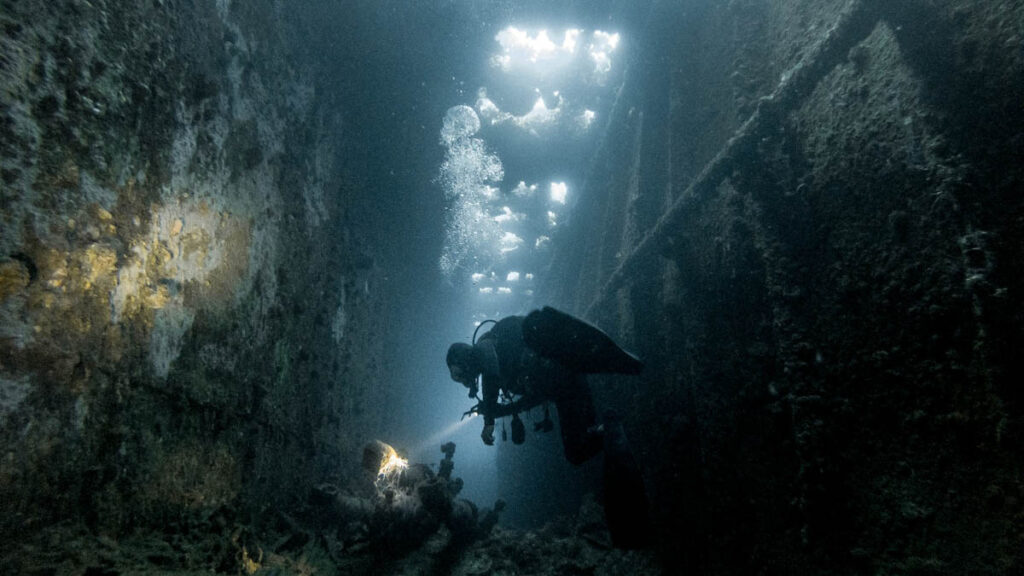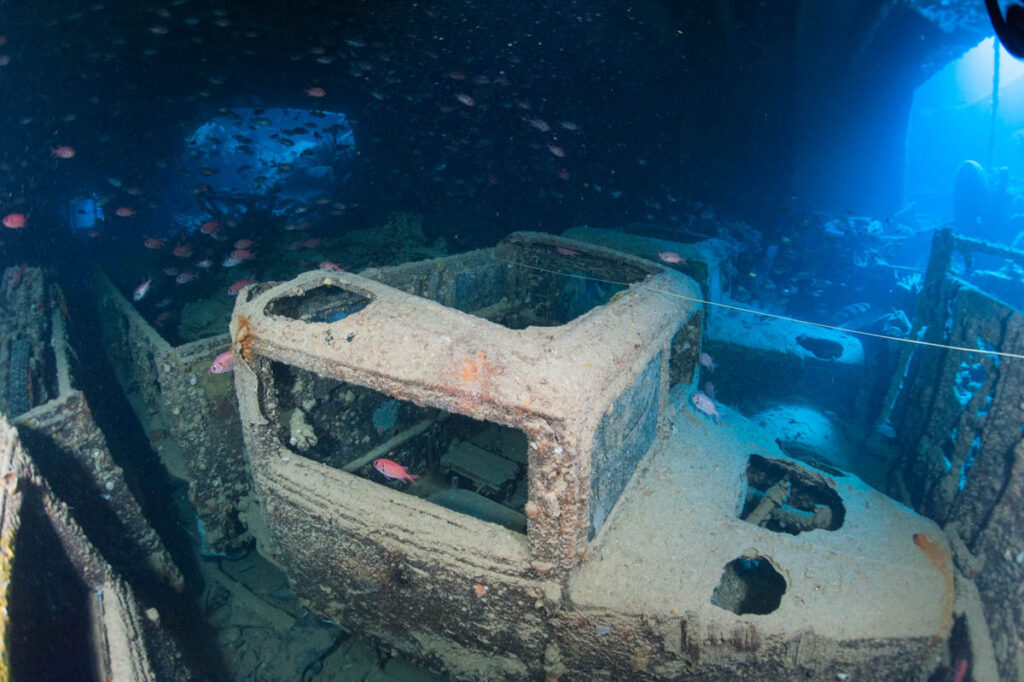Wreck diving, a captivating niche within the realm of scuba diving, offers adventurers a unique opportunity to explore submerged time capsules teeming with history and marine life. From sunken ships to aircraft wrecks, these underwater monuments hold tales of the past waiting to be unraveled by intrepid divers. In this article, we embark on a journey to discover the allure and treasures of wreck diving.
Understanding Wreck Diving
Wreck diving involves exploring shipwrecks, aircraft wrecks, and other artificial or natural underwater structures. These sites serve as artificial reefs, providing habitats for diverse marine life while preserving pieces of maritime history. Wreck dives vary in complexity, ranging from shallow, easily accessible sites suitable for novice divers to deep, technical dives reserved for experienced professionals.
The Appeal of Wreck Diving
One of the primary draws of wreck diving is the opportunity to witness history firsthand. Each wreck has its own story, whether it’s a relic from a bygone era, a casualty of war, or a modern vessel deliberately sunk to create an artificial reef. Exploring these sites allows divers to connect with the past and gain insights into maritime heritage.
Moreover, wrecks often host an abundance of marine life, turning them into vibrant ecosystems. Coral encrustations, colorful fish, and other aquatic creatures adorn the decaying structures, creating a mesmerizing underwater tableau. For underwater photographers, wreck dives offer unparalleled opportunities to capture stunning images of marine biodiversity juxtaposed with man-made relics.
Safety Considerations
While wreck diving presents exciting prospects, it also carries inherent risks. Navigating confined spaces, managing buoyancy, and handling potential hazards such as entanglement or disorientation require specialized training and experience. Before embarking on a wreck dive, divers should undergo proper certification courses and familiarize themselves with safety protocols.
Technical wreck diving, which involves exploring deeper wrecks beyond recreational dive limits, demands even more rigorous training and equipment. Technical divers utilize advanced gas mixtures, specialized gear, and meticulously planned dive profiles to mitigate the challenges posed by deep wrecks.

Photo by Marek Okon on Unsplash
Notable Wreck Diving Destinations
Around the world, numerous destinations beckon wreck diving enthusiasts with their diverse array of submerged treasures:
- Truk Lagoon, Micronesia: Often referred to as the “Ghost Fleet of Truk Lagoon,” this World War II battleground harbors a vast collection of shipwrecks, including warships, aircraft, and merchant vessels. The wrecks, adorned with coral formations and marine life, offer a haunting yet captivating dive experience.
- Red Sea, Egypt: The Red Sea’s warm, clear waters are home to a plethora of wreck diving sites, such as the SS Thistlegorm, a British merchant ship sunk during World War II. Other notable wrecks include the SS Dunraven and the SS Rosalie Moller, each with its own historical significance and marine biodiversity.
- Great Barrier Reef, Australia: While renowned for its coral reefs, the Great Barrier Reef also boasts several impressive wreck diving sites, such as the SS Yongala. This 109-year-old wreck, resting on the seabed near Townsville, attracts divers with its abundant marine life and well-preserved structure.
- Bikini Atoll, Marshall Islands: Site of numerous nuclear tests during the mid-20th century, Bikini Atoll’s underwater landscape is dotted with sunken warships, submarines, and aircraft carriers. Despite the radioactive legacy, these wrecks have become thriving marine habitats, drawing adventurous divers seeking unparalleled wreck diving experiences.
Wreck diving offers a blend of history, adventure, and marine exploration unlike any other form of scuba diving. From exploring wartime relics to marveling at marine biodiversity, each wreck dive unveils a world brimming with hidden treasures waiting to be discovered. However, it’s crucial for divers to approach wreck diving with respect, caution, and a commitment to safety to ensure a fulfilling and memorable underwater experience. So, gear up, dive in, and uncover the secrets of the deep!







